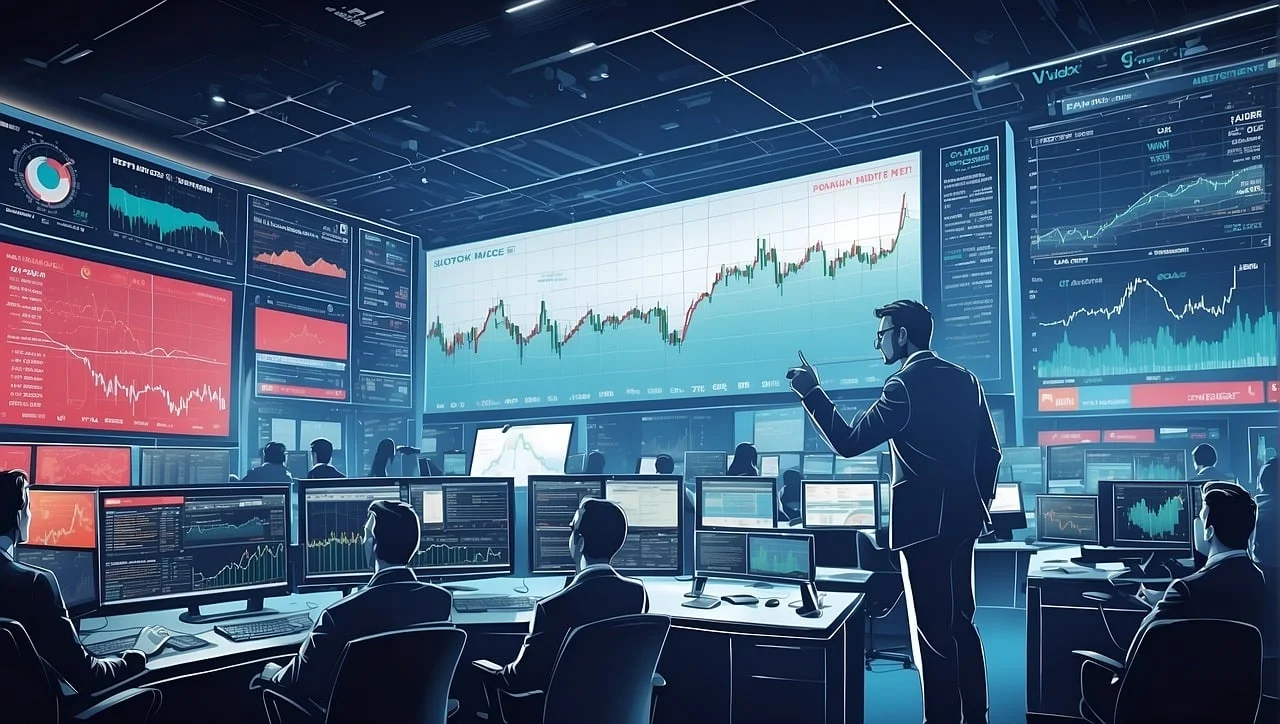Stock markets are shook by an increase in unemployment, but thus far, recession indicators have proved false
WASHINGTON (AP) – Though it may turn out to be a false alarm, the unexpected increase in the unemployment rate in the United States last month shook financial markets and sparked fresh concerns about the possibility of a recession.
In addition to indicating a slowdown in hiring last month, Friday's jobs report also showed rising interest rates and other indicators of a cooling economy.
According to a survey of factories, July's activity significantly decreased. However, Hurricane Beryl may have halted job growth because it struck Texas the week the agency was gathering employment data.
When the US economy was in or headed into a recession, it used to give off consistent indications. However, since the COVID-19 pandemic struck and disrupted regular corporate operations, those red lights have gone wild. They have been predicting downturns for the last two or three years, but they never materialized as the economy continued to grow.
A recession's concerns also get political quite rapidly, becoming more so as the presidential race heats up. The jobs data, according to the campaign of former president Donald Trump, is "more evidence that the Biden-Harris economy is failing Americans."
Speaking for himself, President Joe Biden stated that the economy has created almost 16 million new jobs and the unemployment rate has dropped to half-century lows since he and Vice President Kamala Harris assumed office.
The United States currently employs 6.4 million more people than it did before to COVID-19, however some of those job gains are the result of a recovery from the epidemic.On Friday, the S&P 500 dropped nearly 2 percent and the Dow Jones average sank more than 600 points, or 1.5 percent.
The fact that the unemployment rate increased to 4.3% last month, the highest level since October 2021, probably contributed to the fear in the markets. This is known as the "Sahm Rule."
The rule, which bears the name of former Fed economist Claudia Sahm, states that if the three-month average the rate of joblessness increases by half a percentage point from its lowest point over the previous year, a recession is nearly invariably already under way.Other formerly reliable recession predictors that have faltered in the wake of the pandemic are as follows:
One dry-as-dust bond market metric is the "inverted yield curve."
— The generalization that a "technical recession" is defined as two quarters in a row of declining economic production.
Powell gave his speech following the Federal Reserve's decision to maintain the current benchmark interest rate while hinting that it may be lowered as soon as its September meeting.
Powell dismissed the significance of the Sahm Rule as well, referring to it as a "statistical regularity."
The reason for the continuous increase in unemployment is not so much a result of job cuts by businesses as it is a result of a large influx of applicants. Not every one of them has immediately been employed. Immigrants, many of whom entered the nation illegally, have made up the majority of the recent arrivals.
Meanwhile, because it is anticipated that a recession will come when the Federal Reserve quickly raises its benchmark interest rate—which it did 11 times in 2022 and 2023—the inverted yield curve is also viewed as a recessionary indicator.
However, Kelly noted that rather than in anticipation of a downturn, investors have been anticipating a rate decrease by the Fed due to declining inflation.
"The perception of why the US central bank might cut short term right now is quite similar to the past, and that's why the curve of interest is not nearly as gloomy as it has been during preceding episodes," Kelly explained.
Economist Tiffany Wilding, an executive director at investment firm PIMCO, claims that businesses and individuals alike benefited from the government's massive financial aid programs, which came to about $5 trillion in 2020 and 2021.The economy's output of goods and services, or gross domestic product, fell for two consecutive quarters in 2022, according to government data. This is consistent with a long-standing rule of thumb that almost usually precedes a recession.
It's true that the overall economic data indicated a decline in output. However, when volatile components like imports, government expenditure, and inventories were removed from the GDP estimate, it revealed that the fundamental economy was still growing at a solid rate.
The increase in the unemployment rate last month has economists worried that it may signal a wider slump. However, consumers—especially those with higher incomes—continue to increase their spending, and they probably will continue to do so as long as there are few layoffs.



